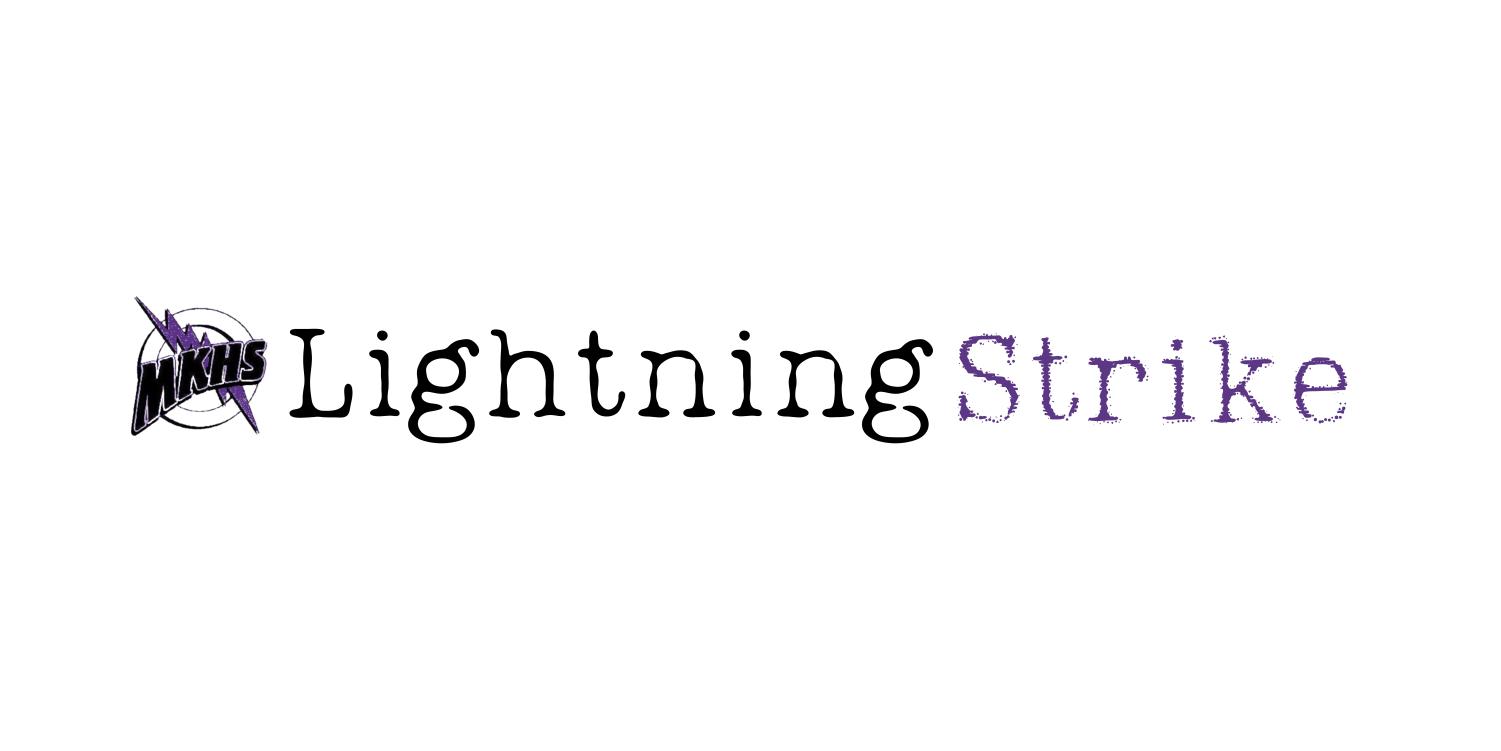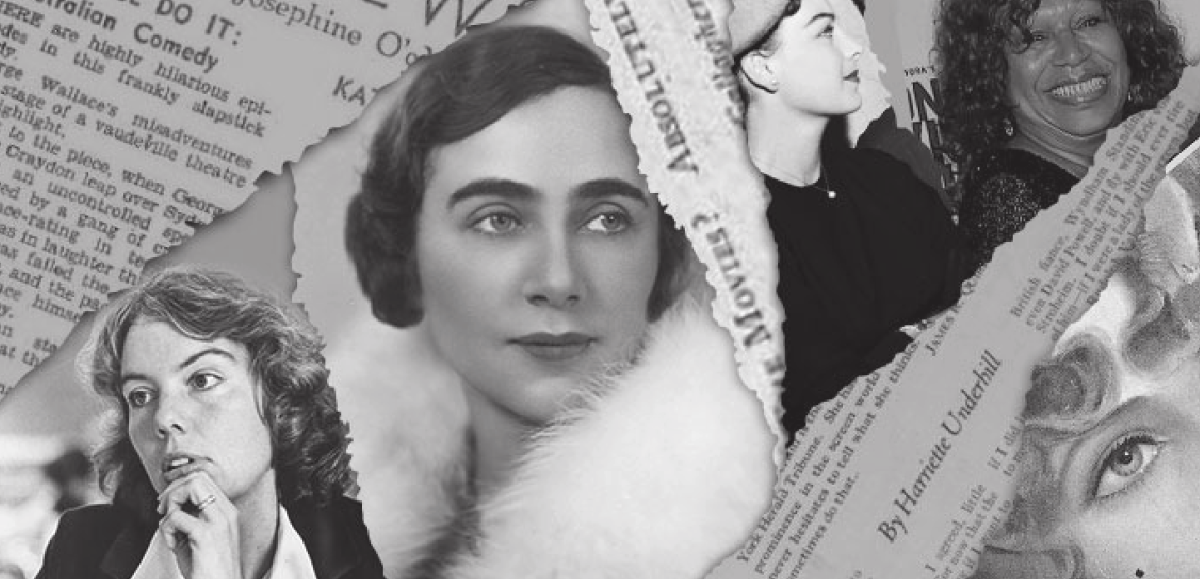Over the past hundred years, as the definition of what it means to act like a woman has evolved, and restrictive conservative norms once heavily enforced and promoted have loosened, films have mirrored societal progress in how they portray female characters on the big screen.
The earliest movies, known as Classical Hollywood cinema, started silent and gained widespread attention in the early 20th century, where women’s mute roles were highly stereotypical and played into patriarchal themes.
Though women were mainly used as glorified props, actresses like Mary Pickford and Lillian Gesh were iconic, yet their roles tended to revolve around portraying a damsel in distress or a dormant woman waiting for a man to come to save her. Nevertheless, their stardom laid the groundwork for future generations, as they showed that a woman could carry a film’s narrative.
In the 1930s and 1940s, movies gained sound, technicolor and the “femme fatale” – defined as a seductive woman who is likely to cause distress to a man that becomes involved with her – emerged. While the new characterization challenged the whole damsel in distress narrative, female narratives in this context continued to center upon their relationship with men, not their individuality.
Actresses like Bette Davis and Katherine Hepburn played characters that were morally ambiguous or nuanced, like Davis in “All About Eve” and Hepburn in the original “Little Women,” which began to showcase a multifaceted portrayal of women beyond the traditional scope of film, at the time.
Though the 1950s and 1960s is associated with a widespread return to normality and conservative values after the war and violence of the ‘40s, cultural icons like Audrey Hepburn and Marylin Monroe challenged said norms. While they both still embodied the allure of traditional femininity, their films, like “Gentlemen Prefer Blondes” and “Breakfast at Tiffany’s” showcased the subversion of typical gender roles and the notion of a “woman’s place.” Modern starlets, like Angelina Jolie, cite their works as inspiration, though their impact transcends the screen.
“I grew up in Argentina,” senior Renata Harrari said. “And even there, everyone knew of Marilyn [Monroe], she was, and still is, iconic.”
Accompanied by a historical movement outside of the big screen, the 1970s saw a significant shift in the portrayal and interpretation of what it means to be a woman. Characters like the headstrong and resourceful Ellen Ripley in “Alien” or the cold-hearted Diana Christensen in “Network” took over the roles usually designated for men, and cinema began to become a powerful platform for exploring issues relating to gender and empowerment.
The trend continued into the 1980s and 1990s, with the rise of more action heroines and multifaceted female characters, such as Sarah Conner in the “Terminator” franchise and Nancy Thompson in “The Nightmare on Elm Street ” franchise, whose character helped redefine what it meant to be a “final girl” in horror, as Thompson took an active role and challenged her villain head-on.
These and other roles show the resilience of female characters and the portrayal of independent women, to an increasingly open-minded and liberal audience.
The 21st century brought about more diversity, inclusion, and representation of women
outside of the standard of previous eras, in alignment with society’s progressive attitudes.
Behind the scenes, directors like Sofia Coppola and Greta Gerwig have become household names and the subject of critical acclaim, with latter receiving 8 Academy Award nominations for her film “Barbie” at this year’s Oscar ceremony.
These and other female directors focus on making films about women, told through a female perspective, like “Priscilla” and “Little Women,” where women and their stories are at the forefront, behind and in front of the scenes. Movies featuring female protagonists that don’t adhere to conservative norms have proven to be box office hits like “Juno,” “Lady Bird” and this year’s “Poor Things”, which is nominated for 11 Academy Awards.
Though films with strong female leads have become commonplace in today’s theaters, and the representation of women of all colors, sizes, and sexualities is the highest it’s ever been, there is still progress to be made. The #MeToo movement that emerged in 2017 shed light on the pervasive culture of not just misogyny, but sexual harassment and assault that plagues the film industry and, according to The Guardian, female stars still earn an average of $1 million less than their male co-stars.


